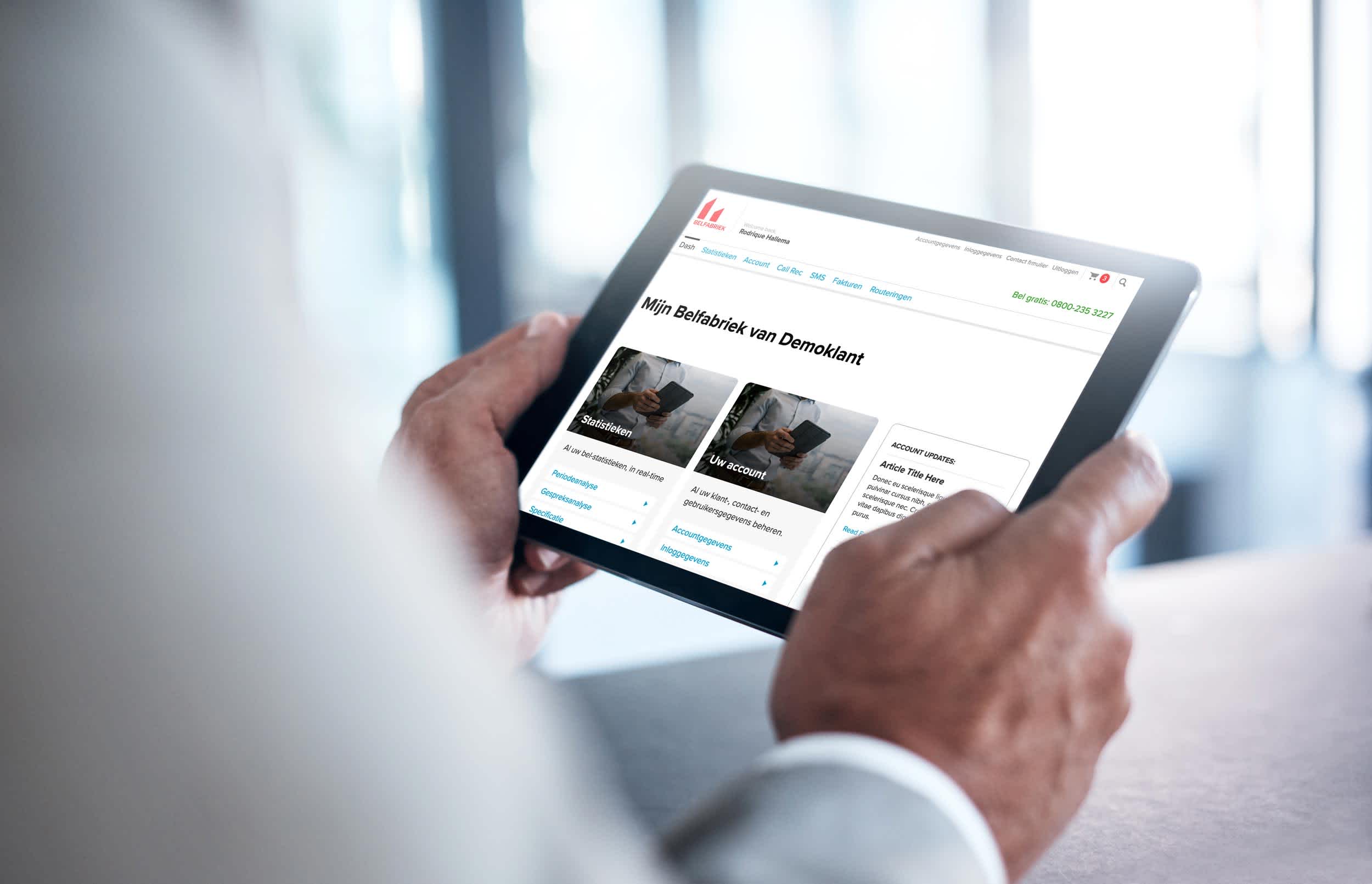What is SIP? And How Does it Differ from VoIP?

The world of telecommunications is full of abbreviations: GSM, WiFi, VoIP, ISDN, to name a few. Terms like VoIP and SIP often come up, but not everyone knows exactly what they mean or how they relate to each other.
As we’ve explained in previous articles, VoIP stands for Voice over Internet Protocol. This technology converts voice from a phone into digital packets and transmits them over the internet. VoIP makes it easy and cost-effective to make calls via an internet connection, ideal for everyday use in workplaces and large organizations. SIP is a part of this voice technology.
SIP: The Protocol Behind Many VoIP Systems
SIP, or Session Initiation Protocol, is one of the protocols used in the VoIP world. SIP ensures that voice packets are correctly set up and transmitted and terminates the connection once the call is over. SIP is an essential part of many VoIP solutions, ensuring that your VoIP phone and telephone exchange work together seamlessly.
SIP or SIP Trunk
With SIP, you use the protocol to make calls within an organization via a local network (e.g., between SIP phones). When you want to call external numbers, you need a SIP trunk to route these calls over the internet to the public telephone network.
For businesses using a VoIP system, a SIP Trunk may be necessary to connect to external phone numbers. These SIP trunks are often provided with the company’s phone numbers, enabling free internal calls and reducing call costs, especially for international connections.
When you choose to handle communication via VoIP, you can do so with a cloud-based telephone exchange or an on-premises exchange that connects to the telephony network via a SIP trunk.
Difference Between VoIP and SIP
VoIP is the umbrella term for technologies that enable internet-based calling. SIP is one of the specific protocols within VoIP and plays a crucial role in how calls are conducted. VoIP systems can also use other protocols besides SIP, but SIP accounts and SIP devices are the most common options due to their standardization and broad compatibility.
The two terms are often used interchangeably. One provider might sell you a SIP phone, while another refers to it as a VoIP phone.
SIP Devices and VoIP Phones
A SIP device is a phone that connects to a SIP server, such as an online telephone exchange, over the internet. VoIP phones, including Yealink devices, often run on SIP and offer advanced features like touchscreens, headset compatibility, and even integration with Microsoft Teams. These devices are easy to configure and are sometimes provided as entry-level VoIP phones for smaller businesses.
Frequently asked questions
A quick way to explore how everything works and what to expect.
SIP stands for Session Initiation Protocol. It is a protocol used in telephony to establish a phone call (session). This occurs when two devices, such as two phones, want to connect. Or when two users call each other using softphones, like Skype or Apple FaceTime.
A SIP device refers to a phone that connects over the internet to an online telephone exchange. Another term for a SIP device is a VoIP device. SIP devices and VoIP phones are essentially the same in functionality when they support SIP. A SIP device can also be a softphone or an intercom that communicates with other SIP devices via the SIP protocol.
A SIP registration means that a SIP device is successfully connected to the online telephone exchange and ready for calls within the phone system.
A SIP address is an IP address where a SIP device can be reached via a data connection. This makes every SIP device accessible.
A SIP trunk is a digital voice connection between a (local) SIP telephone exchange and a telecom provider that connects to the public telephone network. A SIP trunk provides a telephone exchange with lines, determining how many simultaneous calls can occur at any given time. A SIP trunk is the modern replacement for an ISDN phone line.
The SIP protocol is one of the protocols used in VoIP telephony. VoIP is an umbrella technology for making digital calls over the internet, and SIP is one of the most commonly used methods to establish, manage, and terminate these connections. However, there are other protocols and technologies within VoIP that perform similar functions.
If you have a business phone number and want to receive calls, we can forward them to your existing mobile phone or other devices. You don’t need new SIP devices or a SIP trunk to stay reachable.
If your current phone system is connected via traditional telephony, you may be able to purchase a SIP extension to make it compatible with SIP telephony. However, it’s often cheaper and easier to switch to a new online telephone exchange and replace the old equipment.
Let us know how much international call traffic you have and to which countries. We’ll gladly help you set up a SIP trunk for these destinations to reduce your costs.

 Netherlands
Netherlands Belgium
Belgium Denmark
Denmark Germany
Germany France
France Switzerland
Switzerland Austria
Austria UK
UK Spain
Spain Italy
Italy


